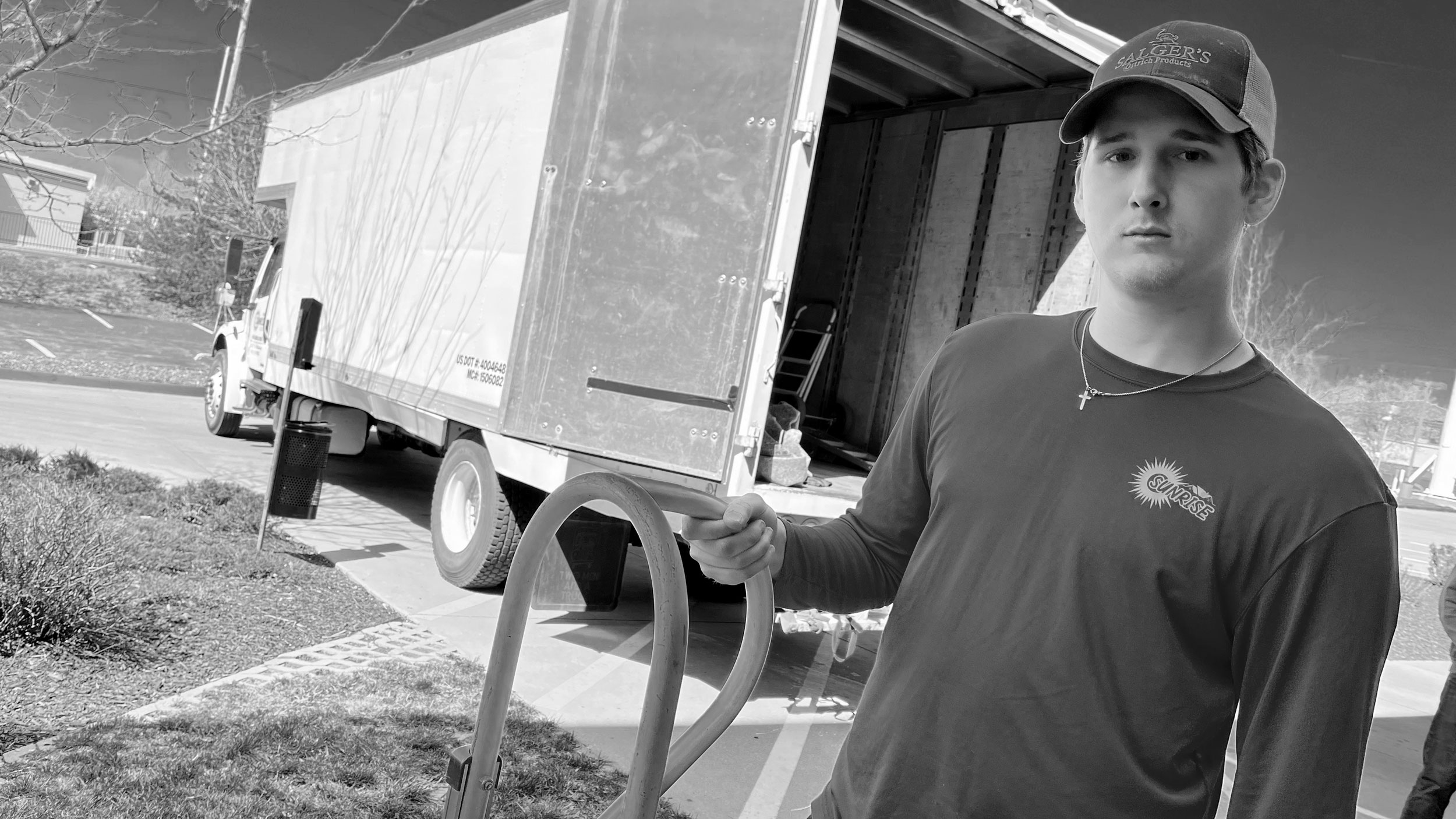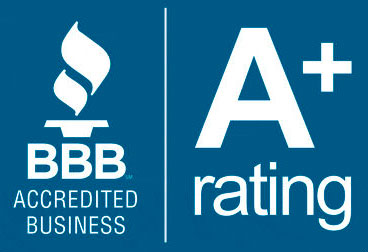Packing and moving can be overwhelming, but there are several strategies you can employ to make the process easier and more efficient. Here are some tips to simplify your packing and moving experience:
1. Start early: Begin the packing process as soon as you know you’re moving. Procrastination will only add to your stress later on.
2. Declutter before packing: Sort through your belongings and get rid of items you no longer need or use. Donate, sell, or discard them, which will reduce the number of items you need to pack and move.
3. Create a packing plan: Develop a packing plan by room or category. This approach helps you stay organized and ensures that everything is properly packed.
4. Gather packing supplies in advance: Collect all the necessary packing supplies such as boxes, bubble wrap, packing paper, tape, markers, and labels. Having everything on hand saves time and prevents interruptions during the packing process.
5. Label boxes clearly: Label each box with its contents and the room it belongs to. This makes unpacking much easier and helps you prioritize which boxes to unpack first.
6. Pack room by room: Focus on one room at a time. This approach allows you to stay organized and helps maintain the integrity of your belongings during transportation.
7. Pack a essentials box: Prepare a box with essential items you’ll need immediately upon arrival at your new home. This could include toiletries, a change of clothes, important documents, phone chargers, and basic kitchen supplies.
8. Take inventory: Create a detailed inventory of your belongings. This will help you keep track of everything during the move and will be useful for insurance purposes.
9. Use proper packing techniques: Learn how to pack fragile items properly. Use bubble wrap, packing paper, or blankets to provide cushioning and protect delicate belongings during transit.
10. Pack heavy items in smaller boxes: Distribute the weight evenly to make lifting and carrying boxes easier. Avoid overpacking large boxes, as they can become difficult to handle.
11. Take pictures of electronic setups: Before disconnecting any electronic devices, take pictures of the setup to make reassembly easier at your new home.
12. Keep important documents with you: Keep important documents such as identification, medical records, and financial paperwork with you rather than packing them with the rest of your belongings.
13. Notify utility providers: Contact utility providers to schedule disconnections at your old home and connections at your new home. Ensure a smooth transition of services.
14. Hire professional movers: If your budget allows, consider hiring professional movers. They have the expertise and equipment to handle the packing, loading, transportation, and unloading process efficiently.
15. Communicate with the moving company: If you’re hiring movers, communicate clearly with them about your expectations, any fragile items, and any special instructions or concerns you may have.
16. Pack a first-night box: Pack a separate box with essential items for your first night in your new home. This may include bedding, toiletries, a change of clothes, and basic kitchen supplies.
17. Take breaks and stay hydrated: Moving can be physically demanding. Remember to take breaks, stay hydrated, and listen to your body to avoid exhaustion or injury.
18. Enlist help from family and friends: If possible, ask friends or family members to assist with packing or moving tasks. Having extra hands can make the process faster and more enjoyable.
19. Use a moving checklist: Create a moving checklist to stay organized and ensure you don’t overlook any important tasks.
20. Stay positive and flexible: Moving can be stressful, but maintaining a positive mindset and being flexible will help you navigate any unexpected challenges that may arise.
By following these tips, you can streamline the packing and moving process, reduce stress, and ensure a smoother transition to your new
















